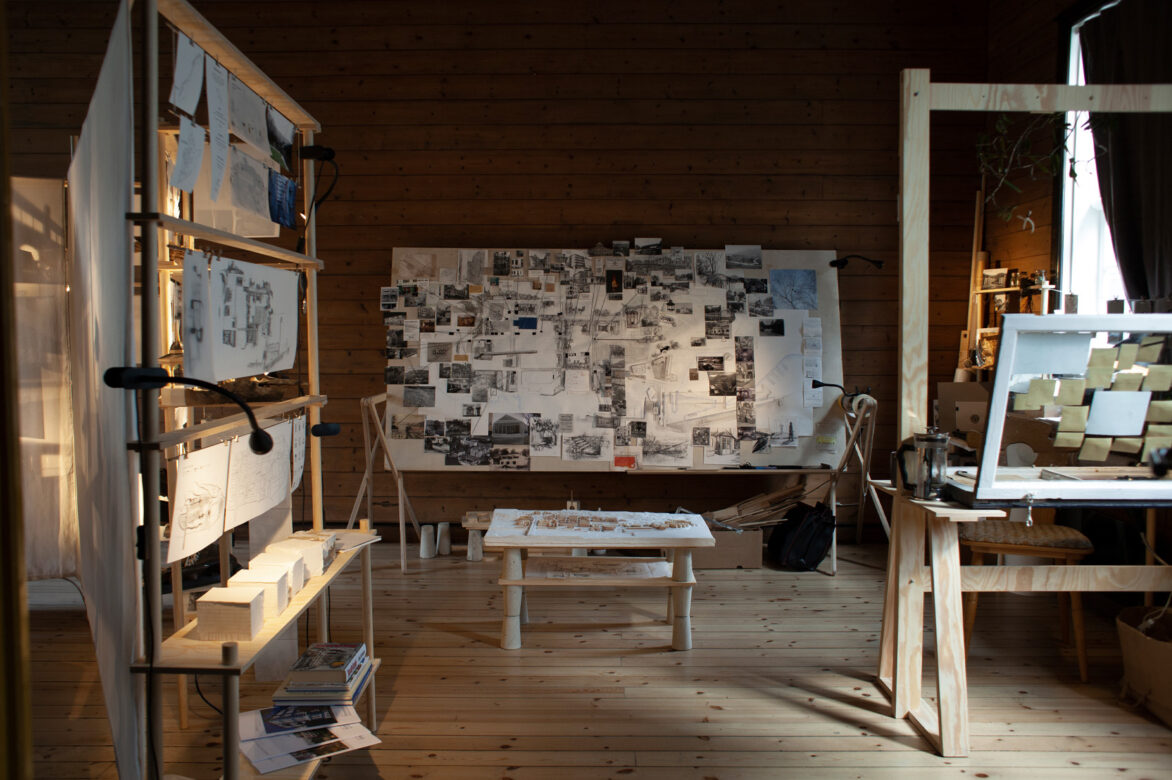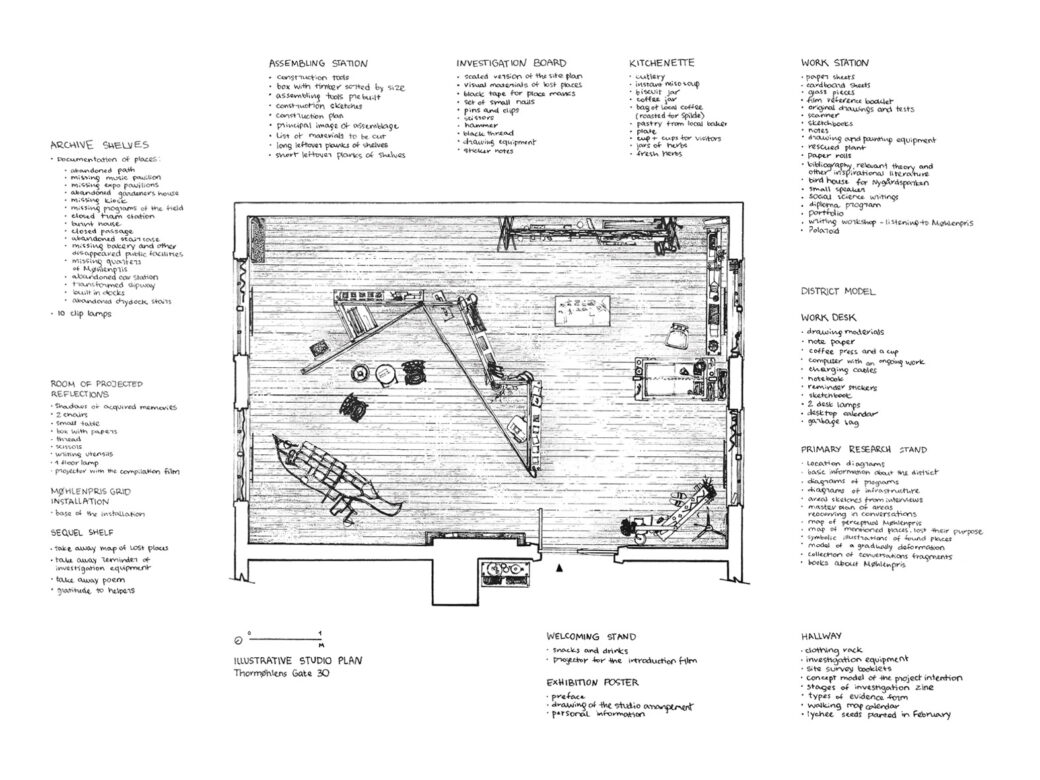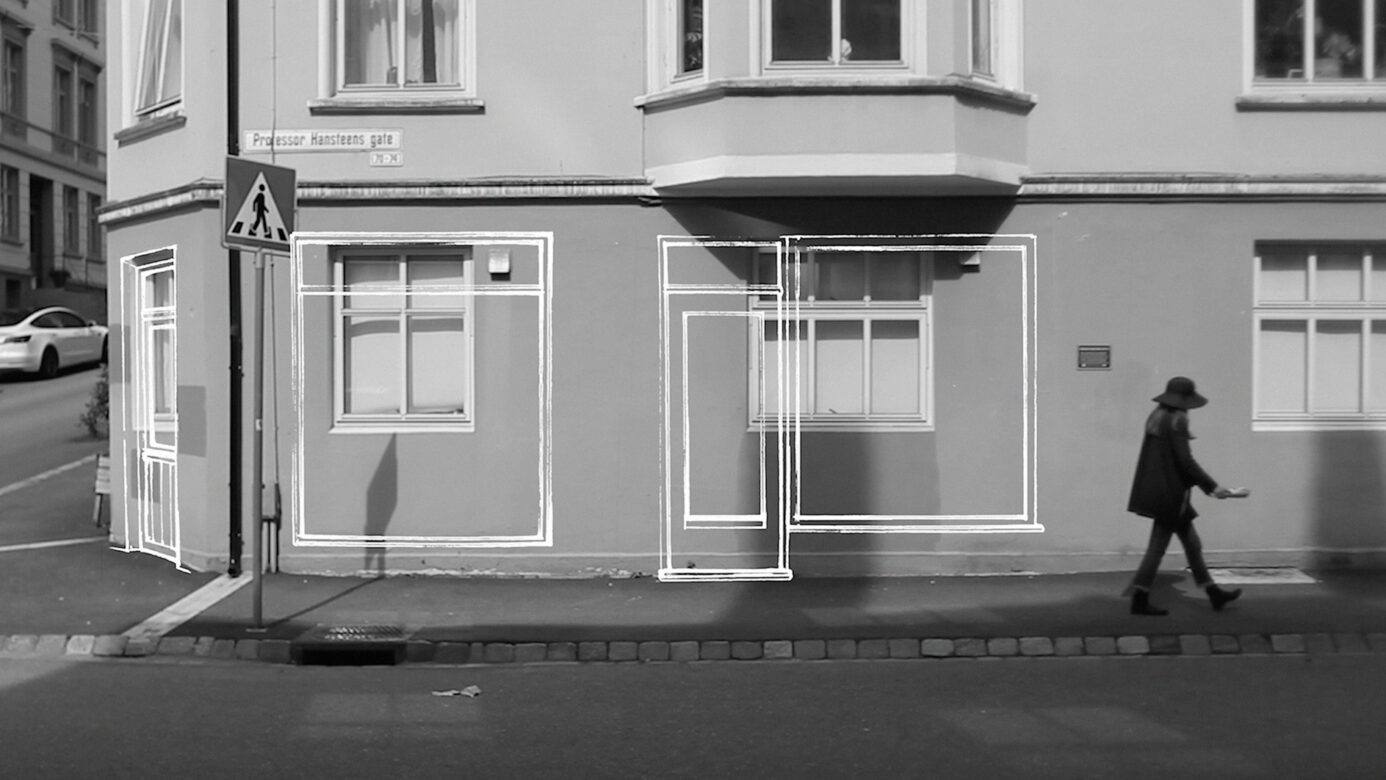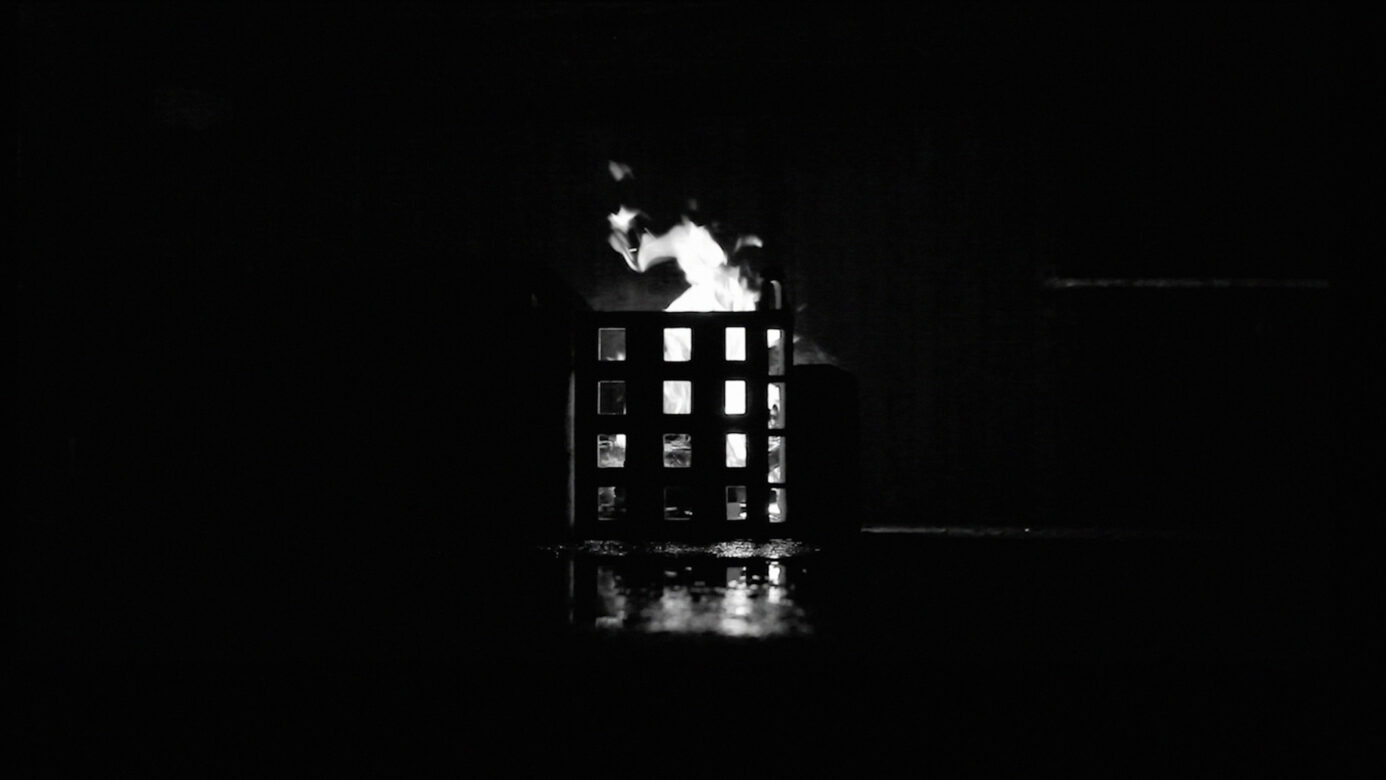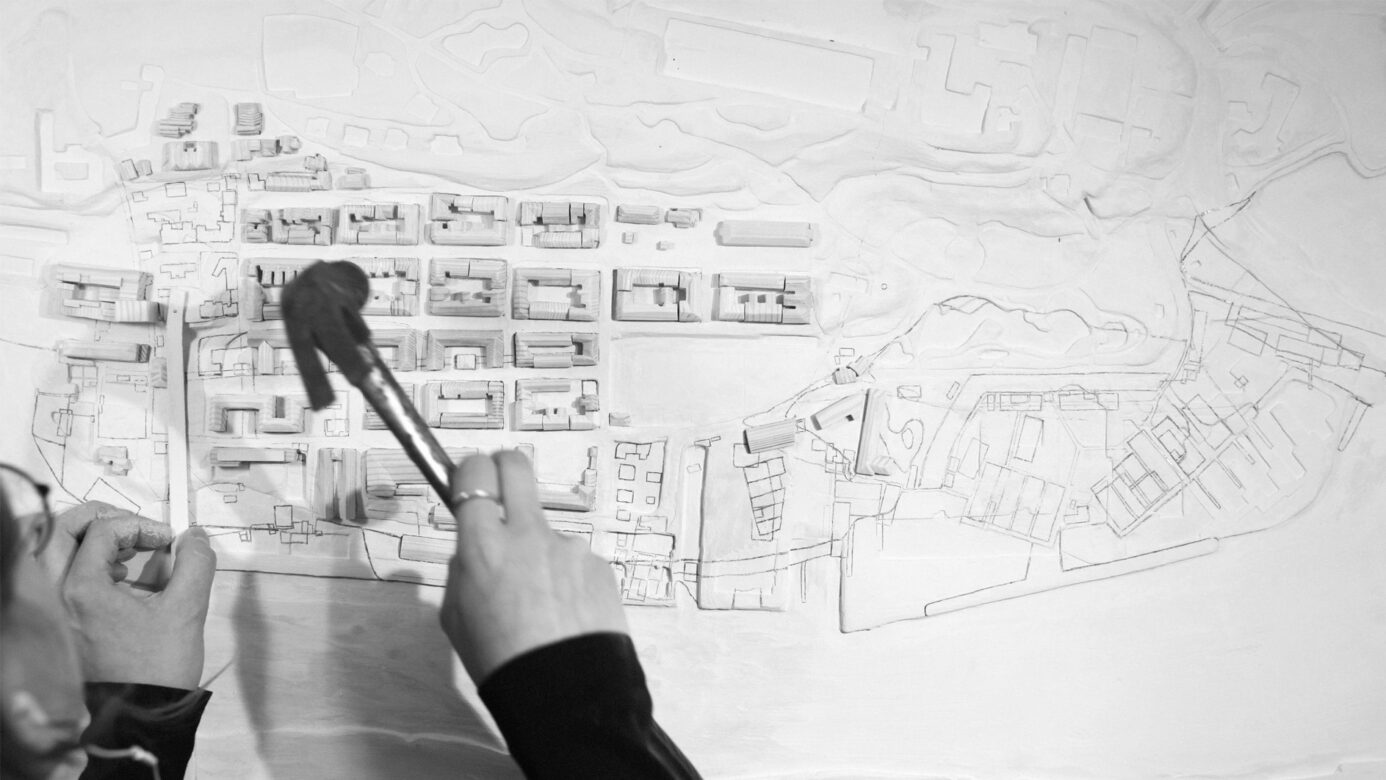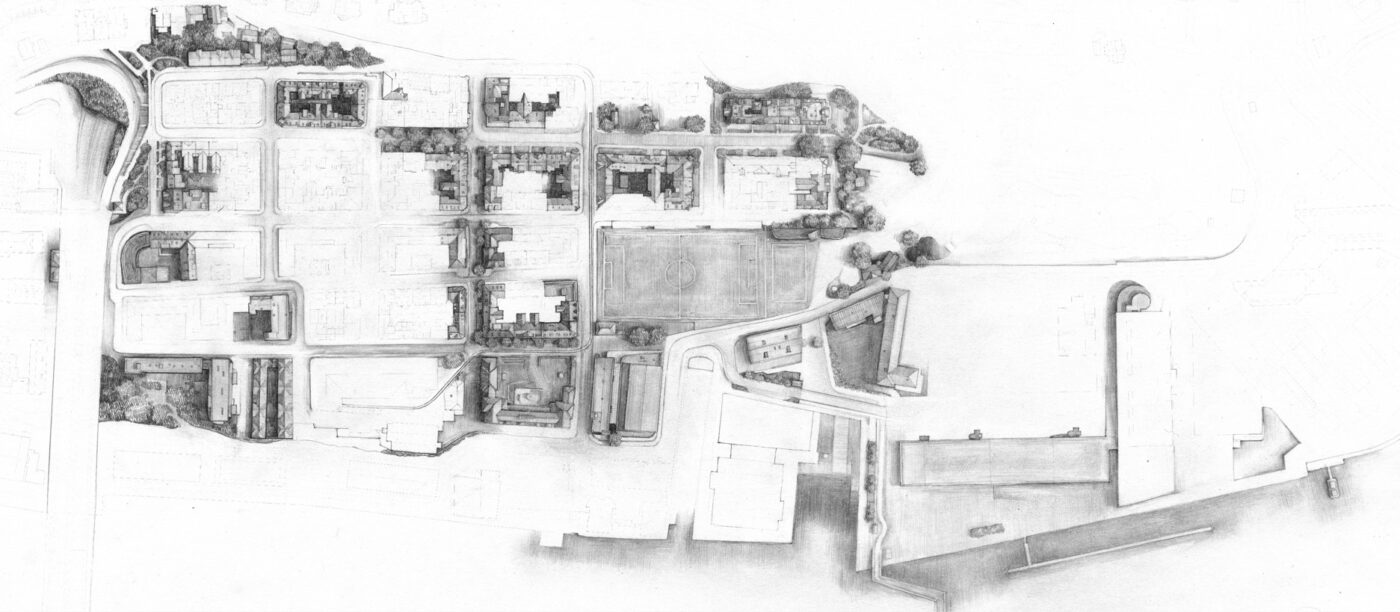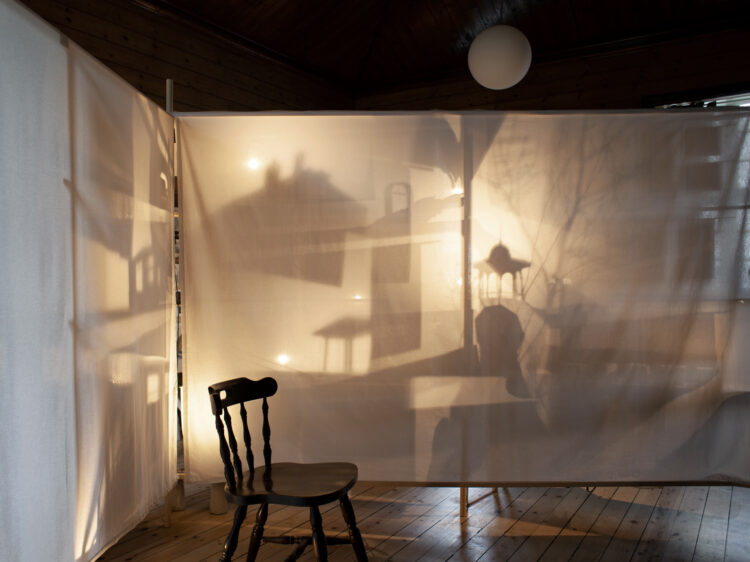
What used to be there which is not anymore?
What is still there that points to what is not anymore?
What do we remember?
What do we not remember?
The project is focused on the process of finding these places – about to be forgotten. Møhlenpris has been chosen as a case study for this exploration. Its geographical location and remarkable history have developed the distinctive “ecology” of the neighbourhood. It has lived through various epochs: from marshy pastures of Munkeliv monastery to a cluster of heavy industries and massive Mjellem & Karlsen shipyard, from the national centre of athletics to the biggest drug scene in Norway, from a disadvantaged area to a place of rapid gentrification. Every change experienced has been imprinted in the streets and buildings of the district. This has formed the intangible richness of Møhlenpris, the social diversity and complexity of its identity.
While some meanings get lost over time, places become unaccessible. Getting to know a memory of a place is therefore, a chance to preserve its affordances and values. Discovering these traces of the past requires a thorough investigation of a detective kind. Such is the character of this project.
The path that we are not taking yet nor anymore, is the path we are taking now.
Shall we follow?
